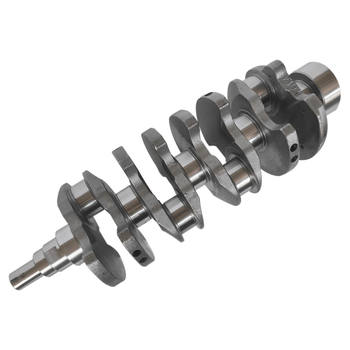Why Crankshaft Bearing Clearance Matters
To be honest, you might not give much thought to crankshaft bearing clearance - until something goes wrong. Interestingly enough, this seemingly small aspect plays a significant role in your engine's performance and longevity. The clearance between the crankshaft and its bearings can impact fuel efficiency, power output, and even engine life.
What is the Ideal Crankshaft Bearing Clearance?
Now, here's the thing: there isn't a one-size-fits-all answer. The ideal clearance depends on several factors, including engine type, size, and load conditions. However, most manufacturers provide specifications for their engines, which serve as a good starting point.
Measuring Crankshaft Bearing Clearance
Have you ever wondered how to measure crankshaft bearing clearance? It's not as complicated as it sounds. You'll need a dial indicator or a feeler gauge, and the process involves measuring the space between the crankshaft journal and the bearing surface at various points.
Adjusting Crankshaft Bearing Clearance
If your measurements indicate that adjustments are necessary, don't worry. It's relatively straightforward. Most engines use shims or selective bearings to adjust clearance. By replacing these components, you can increase or decrease the space between the crankshaft and bearings.
When to Adjust Crankshaft Bearing Clearance
Many experts agree that it's best to check and adjust crankshaft bearing clearance during routine engine maintenance or rebuilds. This practice helps ensure optimal performance and can prevent premature wear and damage.
The Impact of Improper Clearance
As it turns out, both too much and too little clearance can cause problems. Excessive clearance can lead to noise, vibration, and reduced performance. On the other hand, insufficient clearance can result in overheating, excessive wear, and potential engine failure.
Finding the Sweet Spot
In my experience, achieving the perfect crankshaft bearing clearance is a bit like Goldilocks finding the just-right porridge. It may take some trial and error, but the payoff is worth it. A well-tuned engine runs smoother, lasts longer, and delivers better performance.
Next Steps
So, what's the next step? If you're planning an engine rebuild or notice issues with your current engine, consider checking the crankshaft bearing clearance. With a little knowledge and the right tools, you can find the sweet spot for your engine and enjoy improved performance and longevity.




